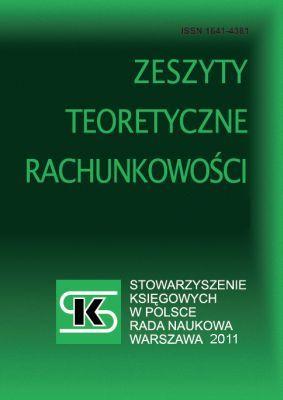The macro- and microeconomic approach of subsidies
The macro- and microeconomic approach of subsidies
Author(s): Zsuzsanna Szeles, Erzsébet Tóth-Szabó, Gábor TóthSubject(s): Economy, Supranational / Global Economy, Socio-Economic Research
Published by: Stowarzyszenie Księgowych w Polsce
Keywords: subsidies budget; department asset; accounting statement
Summary/Abstract: Subsidies can come from domestic and EU sources, and they aim to cover costs and serve development goals. We have examined subsidies from two aspects: from the micro- and the macroeconomic approach. On the one hand, regarding the macroeconomic impact, we look at how their extent and components changed between 2004 and 2017, and also whether the impact of developments within the framework of cohesion subsidies on the budget was significant. Hungary has been among the net beneficiary Member States since its accession to the EU. The positive balance between 2004 and 2017 was more than 40 billion EUR In 2017, Poland (10.68%) and France (12.1%) were given the most significant subsidies, while Hungary received 3.68% of the total budget expenditure. On the other hand, from the micro-economic approach, the paper examines accounting and accountancy options and managing emerging issues. The analysis includes a conceptual approach to dealing with the problem in terms of the single accounting principles, the principle of comparability, and the principle of accruals. Two procedures can be applied to state support in the principle capital and income approach. It is an important difference that, in the net method, a subsidy becomes part of the equity immediately in the year of disbursement, while in the case of the gross method, only the life of the asset will be included in the equity in the current year by deducting the deferred income.
Journal: Zeszyty Teoretyczne Rachunkowości
- Issue Year: 2019
- Issue No: 105
- Page Range: 95-112
- Page Count: 18
- Language: English

